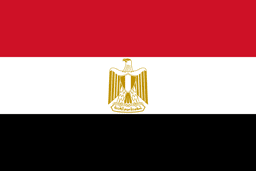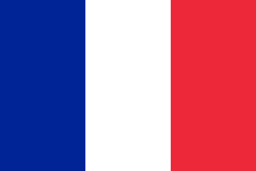Construction of Burj Khalifa | constguide . com
Burj khalifa structural system :
About Burj Khalifa
Burj Khalifa is the world's tallest building and one of life's wonders. A stunning work of art and an incredible feat of engineering, Burj Khalifa is a unique example of international cooperation and an icon of a vibrant and thriving the Middle East. Burj Khalifa holds six world records in addition to being the world's tallest building. Burj Khalifa is also the world's tallest free-standing building, with the most floors, the highest occupied level, and the world's highest outdoor observation deck. It contains an elevator with the longest travel distance in the world, and it has the highest service elevator in the world.
It took 6 years to build the tower, but there are many problems that the engineers faced during construction, including:
• Wind force at high altitudes and variable load as a result of the wind
• Primary walls reinforced and fastened by connecting beams.
• Construction of high performance reinforced concrete foundations
• Reinforced concrete covered with iron and glass walls.
• Installing glass and aluminum facades with a height of 512 meters
• Tolerance of excessive heat during summer
• Sticking to the schedule despite problems
How did the engineers overcome these problems in this complex project to produce for us one of the greatest achievements in history?
How was the Burj Khalifa an unusual project?
A conventional project has a set of stages, predictable outcomes, a few well-defined phases, and a set amount of time, whereas a complicated project contains poorly defined areas, endpoints, and many relationships between diverse stakeholders, all of which might affect the project completion.
The problems faced by the Burj Khalifa.
• Because the wind force on the tower was a major issue in the design of the tower frame, the engineers decided to preserve the inverted "Y" shape for strong winds and to avoid the fluctuating dynamic load that could cause the tower to fail over time.
• Due to the hot weather in Dubai, the structure condensed and released roughly 15 million gallons of water, prompting the development of a distinctive pipe system to transport the water tank at the bottom of the tower.
• Engineers had to combine concrete and ice and pour it at night to counteract the scorching temperature.
• Because the aluminum used in the Burj Khalifa weighs more than five planes, the panels are lifted and erected using cranes.
• The tower has a massive reinforced concrete structure that can survive earthquakes, but the foundations are entirely made of sandstone and limestone, which is unsuitable for supporting the building. The foundation is reliant on a strong overlap between the soil and the side adjacent to the piles under the tower; 192 piles were installed at a depth of about 50 meters for robust concrete support.
• Being able to reach a safe area in the case of a fire or other calamity is critical at the Burj Khalifa.
• The chimney effect (the chimney effect is the movement of air in and out of buildings and any other enclosed spaces as a result of air buoyancy.) is a common problem in most high-rise buildings, and the consequences are that the pressure at the bottom of the foundation rises, leading to the formation of cracks. To avoid this effect, several ducts were used to pump warm air to the foundation.
What is the purpose of Burj Khalifa?
• The concept of constructing such a building that accompanies the multi-purpose use as a residential, commercial, tourist attraction, hotels, and recreational facilities; • The idea of constructing such a building that accompanies the multi-purpose use as a residential, commercial, tourist attraction, hotels, and recreational facilities.
• Discover innovative technologies that make the Burj Khalifa more complex than any other building to date, and put them into practice using never-before-used technology.
• Creating a hybrid construction with reinforced concrete and an iron frame, with a Y-shaped design to improve wind resistance.
The Investors in Burj Khalifa
Because the project is so large, there are a lot of investors, and adequate investor considerations are important to completing the project on schedule and budget.
The way investors examine the links and challenges between different investors develops a strategic view on human and formal circumstances.
The project was supposed to be finished by 2009, but it was delayed by a year and finished in 2010. The project was deemed a failure in terms of time and cost, but it was deemed a success in terms of quality. However, there was a sudden rush in the overall rise of the project by 100 meters after construction began, resulting in unusually high cash losses.
The main contractor, Samsung Engineering, implemented a new technology to meet the use of resources; because the building is 828 meters tall, the engineers had difficulty placing concrete, so an alternative method was established to place it at night; there was an unexpected economic shock in Dubai in 2008, and as a result, the cost increased dramatically; as a result, the contractors "Samsung Engineer" implemented a new technology to meet the use of resources.
The structural engineers spend a significant amount of money on wind test inspection, which has an impact on the project's cost. The designer engineer and his associates noticed that there was less chance of evacuation above the 63rd floor because it was the most important and frequent meetings were held for this purpose between the structural engineers, the client, and the contractor, but the plan remained the same and the safety evacuation was implemented.






Please Login to Post a Comment
Login Register